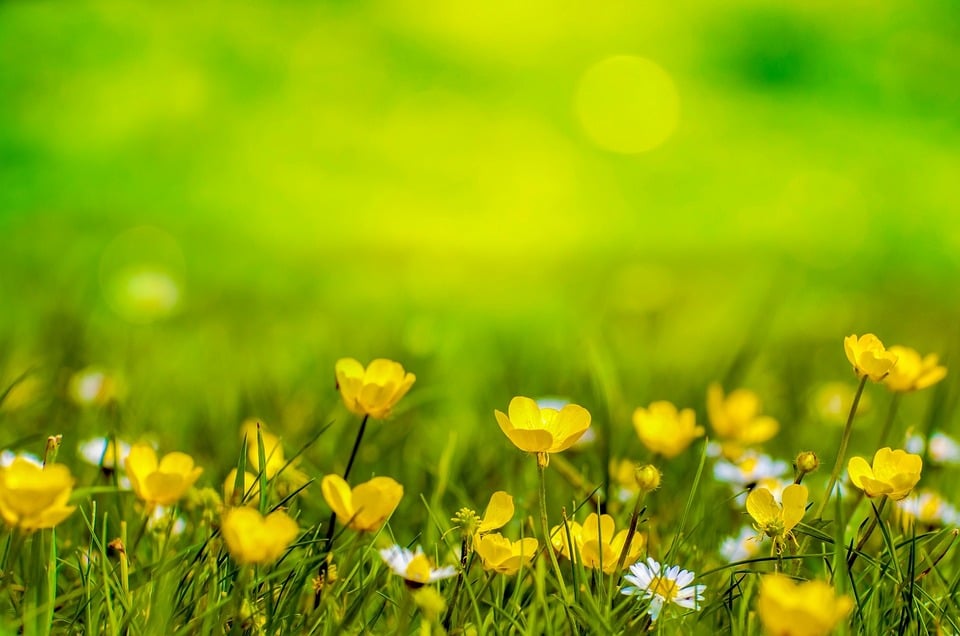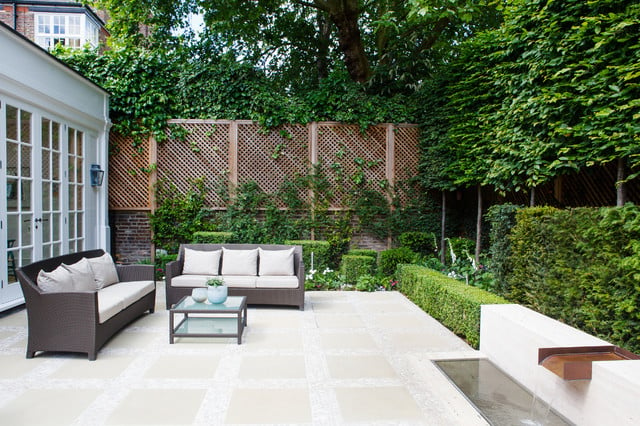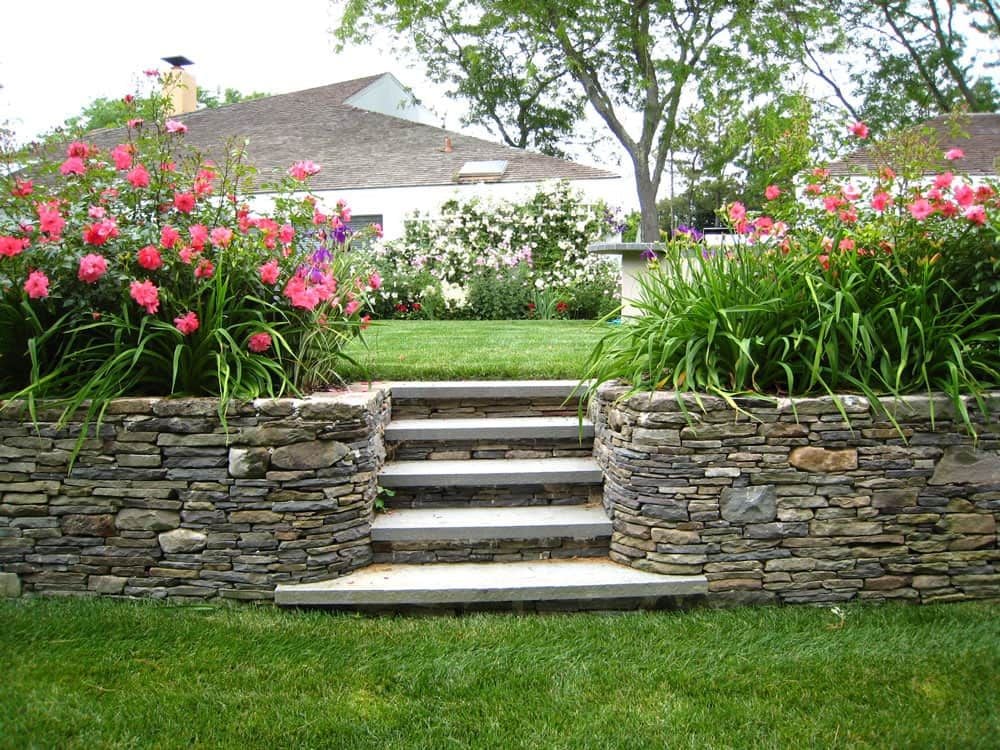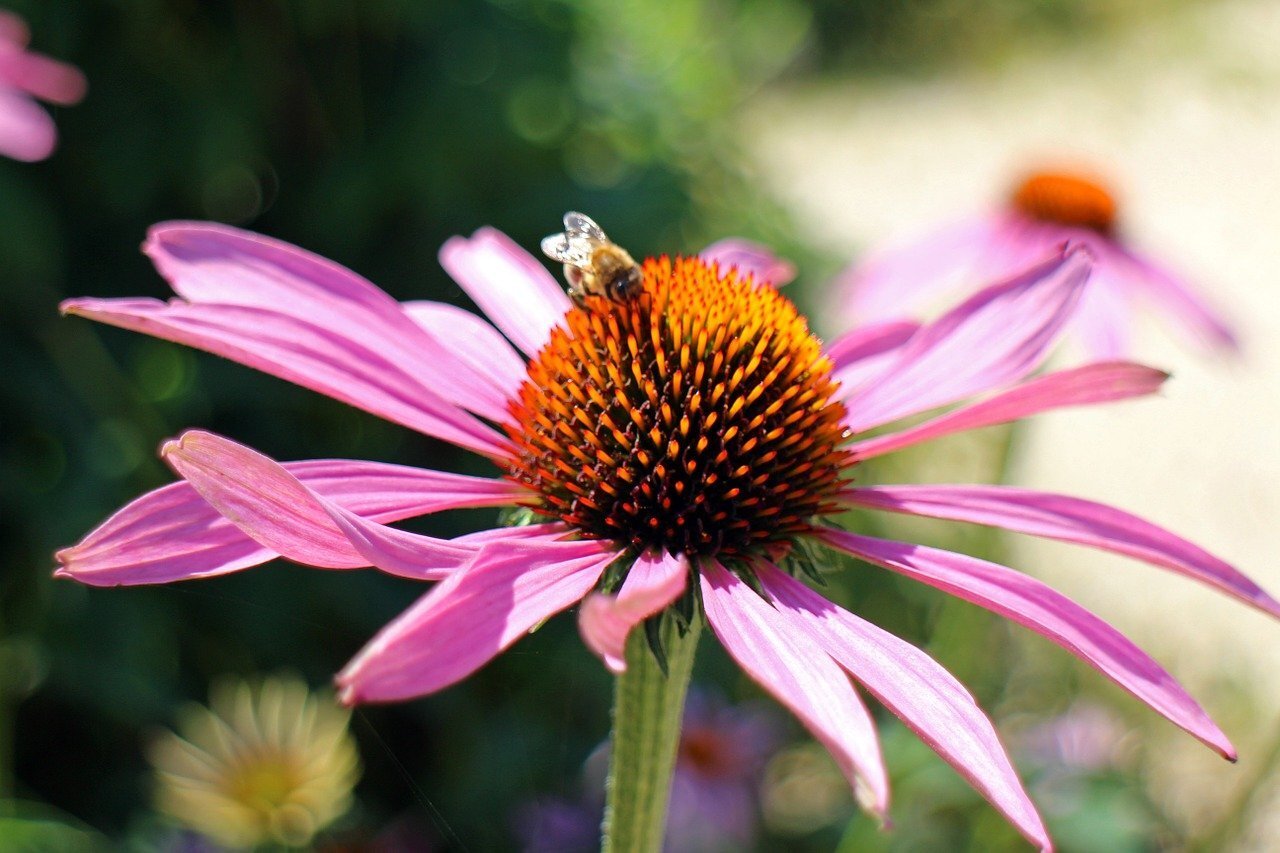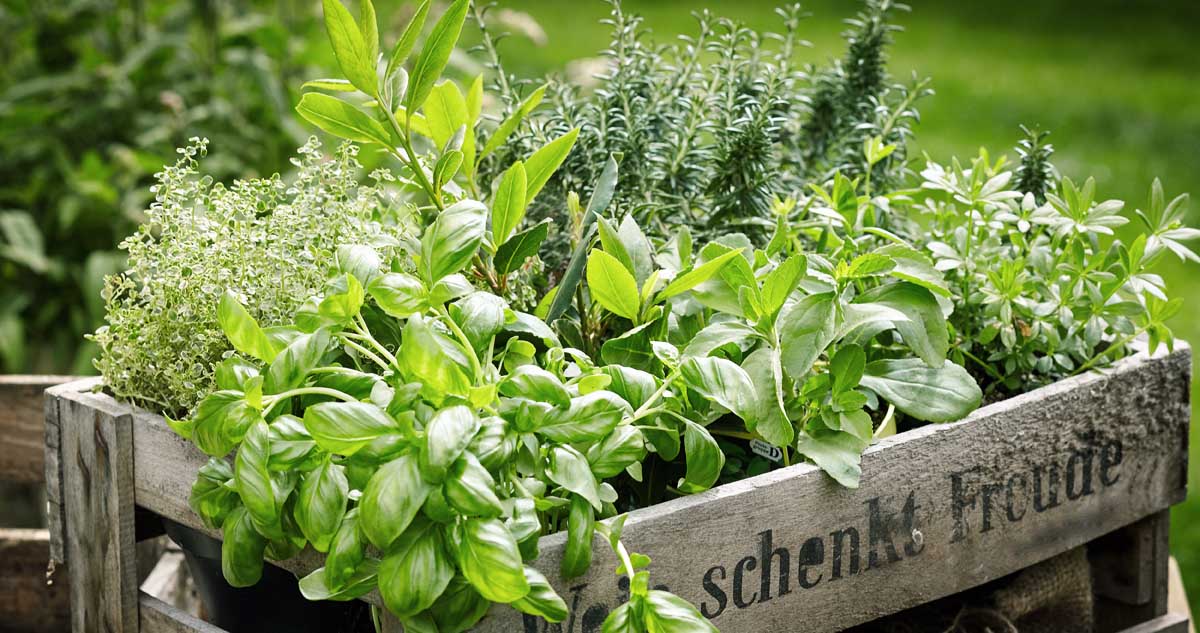16 Easy-to-Shape Trees & Bushes for Topiary Designs
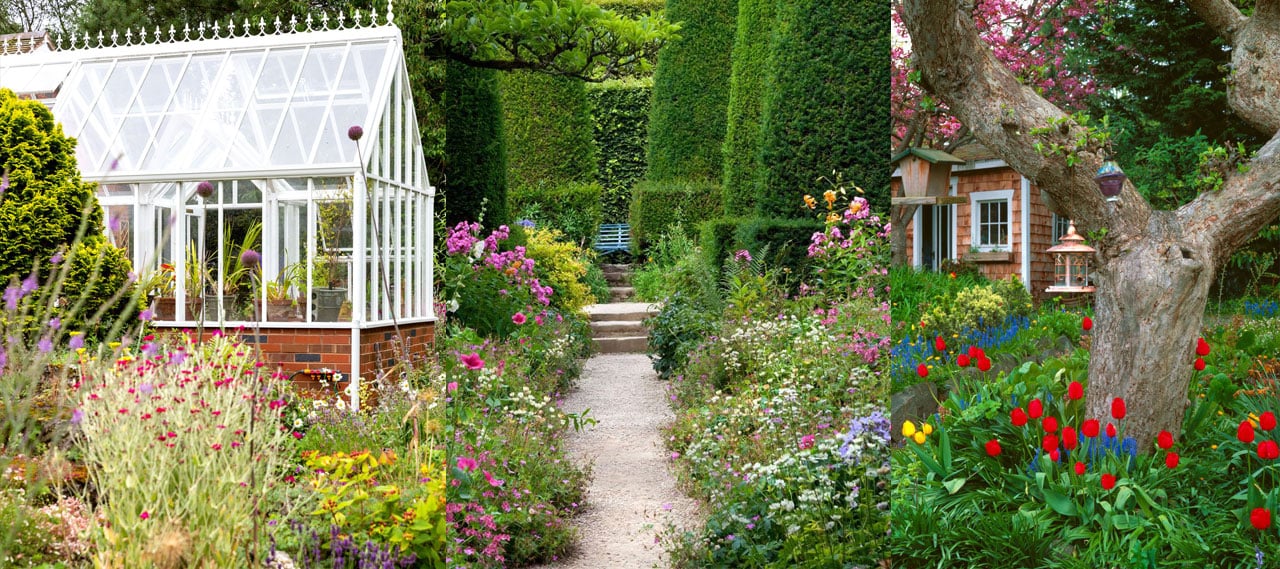
Table of Contents
“The love of gardening is a seed once sown that never dies.”
Topiary gardens are a fusion of art, horticulture, and patience. It takes time to build something great. Topiary can be defined as a form of art; with proper technique and pruning, one can transform ordinary plants into living sculptures.
Topiary has been a part of human culture since the Romans and Greeks. It adds a royal spark to your outdoor space. It spread across Europe, evolving from simple geometric shapes to intricate and whimsical designs.
Plan your garden accordingly to your available space. Keep a check on sunlight exposure, soil, and water. Maintain a proper pH of the soil, add organic matter if required, water less frequently, allow it to reach the plant’s root zone, and most importantly, select the right tools! Invest in sharp and precise shears, topiary clippers, and a sturdy ladder or scaffolding for reaching taller plants.
Let’s Look at The Plants that Make up a Perfect Topiary
1. Boxwood (Buxus)
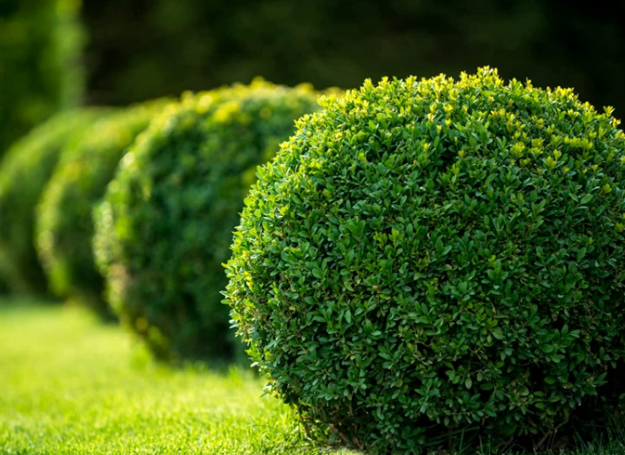
A classic choice for topiary, boxwood can be pruned into various shapes and is known for its dense foliage.
There are three main types of boxwood topiaries:
Live Boxwood topiary must be planted in soil and watered to stay alive. Live topiaries will grow, so you need to maintain the shape by trimming the growth.
Preserved boxwood topiary is live stems that have been treated to maintain their look. You do not need to plant or water the preserved topiaries, but you should keep them out of direct sunlight. This will maintain their colors.
The dense shape and style of boxwood allow manufacturers to create real-looking faux boxwood topiary. You can use artificial boxwood topiary inside as well as outdoors year round. These fake plants will collect dust and should be cleaned to preserve their sharp look.
2. Yew (Taxus)
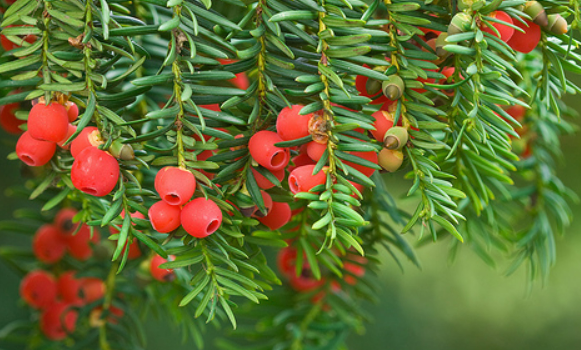
Yew is versatile evergreen with a slow growth rate, making it suitable for intricate topiary designs. The Common Yew, a coniferous plant commonly used for hedging purposes, is typically planted in early autumn. However, it can also be cultivated until March or April, provided that freezing temperatures are avoided.
Please indicate your preferred height and thickness for pruning yew hedges. It is recommended to prune yew hedges either in late summer or early spring. A single heavy pruning end of August is enough to keep growth under control. Hedge yew spring pruning is usually associated with rising sap and accelerates the yew’s growth. Since yew is a relatively slow-growing tree, this solution is often best when starting the hedge.
3. Privet (Ligustrum)
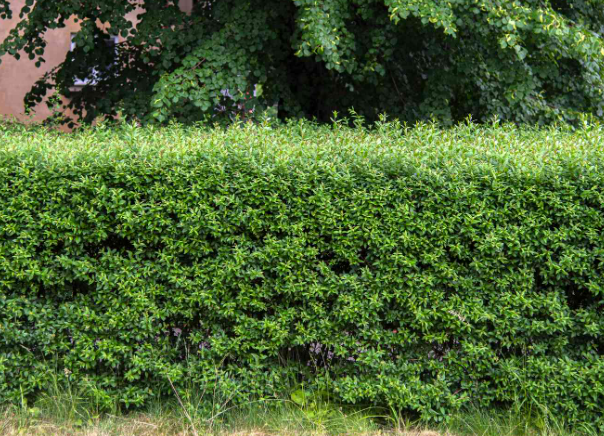
Privet is a fast-growing shrub that can be shaped into formal hedges or creative topiary sculptures. It requires regular watering three times a week. Feel the soil with your hands and make sure it is damp to the touch, not sudden and not tinder dry. This type of watering needs little and often rather than large quantities of water in one go.
Small leaf privet overgrows and needs clipping quite often in the summer months with clean sharps shears or secateurs. It tends to grow a bit later than other topiary plants, but once it has started, it needs clipping every two to three weeks. It stops growing around September and remains in the same shape until spring. During the summer season, the Privet produces white flowers that subsequently transform into small black berries in the autumn. These flowers and berries make the plant attractive but mean that feeding is essential.
4. Holly (llex)
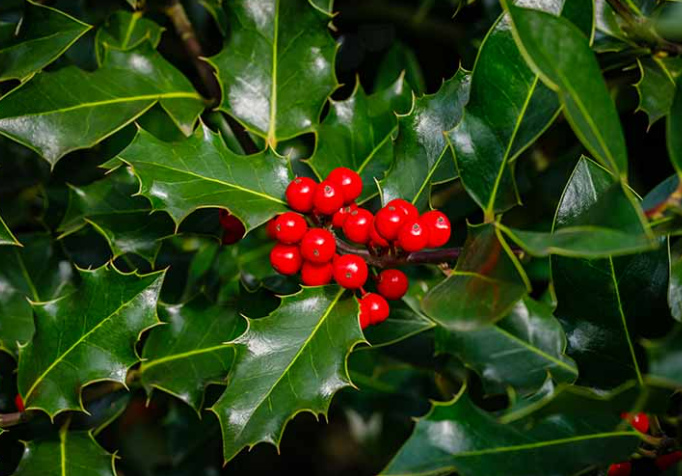
Holly adds a festive touch to topiary designs with its glossy leaves and vibrant berries.
Evergreen Holly shrubs make ideal topiaries, whether you want whimsical animal shapes, geometrical spheres or rectangular hedges. With a galvanized or plastic-coated wire topiary frame you can locate at a garden center or nursery, training a holly bush into a topiary shape is straightforward. However, cultivating a holly topiary requires significant patience as the process can span several years before achieving the desired outcome of a lush and fully-formed living sculpture.
5. Juniper (Juniperus)
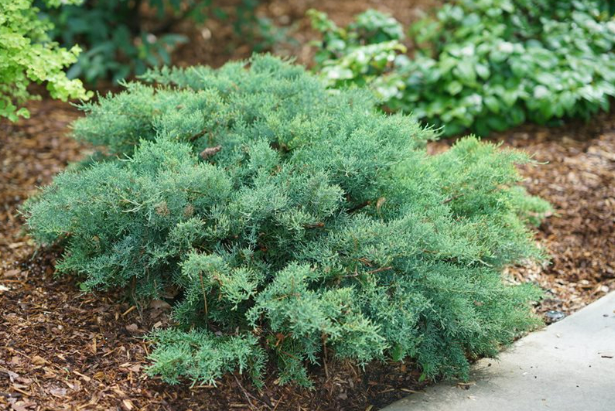
Juniper species, such as Juniper chinensis or Juniperus scopulorum, have delicate foliage and can be shaped into elegant topiary forms.
Evergreen with dense, small leaves and woody stems make excellent choices for topiary design. Juniper bushes (Juniperus) are one such plant and can be used in both containers and as landscape plantings. Juniper grows in Sunset’s Climate Zones and is hardy to -40 Fahrenheit. Still, there are numerous varieties, and choosing a healthy, disease-free specimen from a local nursery is the first step. Beyond that, the plants are easy to care for, requiring minimal vigilance and occasional care.
6. Lemon Cypress (Cupressus)
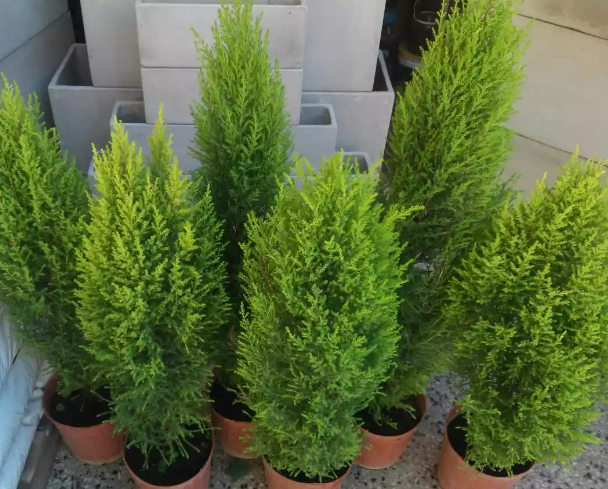
Cypress trees have a distinctive columnar shape and can be pruned into striking topiary creations. Lemon Cypress trees are available in two sizes: small and even smaller. These are grown outdoors in their natural habitat; the trees can grow to 16 feet tall. Opting for the dwarf lemon cypress is a more favourable decision when selecting a houseplant. This compact tree typically maintains a height of no more than 3 feet, which makes it an ideal fit for indoor containers.
Thanks to its green-yellow, needle-like foliage, colonial growth pattern and bright, fresh citrus smell, the tree has many admirers.
7. Euonymus (Euonymus japonicus)
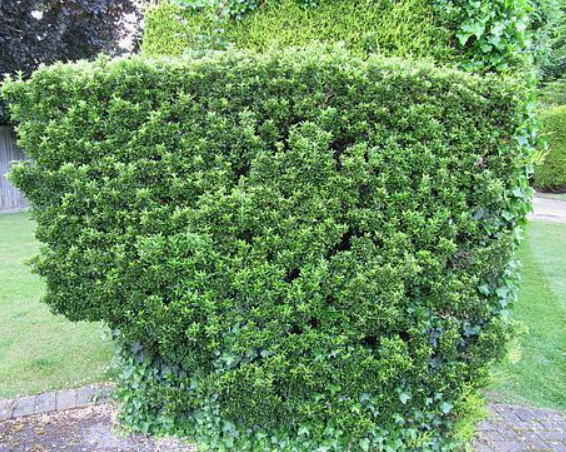
This evergreen shrub features leathery leaves and can be trained into geometric or intricate designs. This bushy, evergreen shrub prefers low to bright, indirect light and 40-80 F indoor temperatures. When the 1/2 inch of the potting mix feels dry, it is advisable to water the plant thoroughly. It is essential to allow the potting mix to dry to that level before proceeding with the next watering. Also, from early April until mid-September, fertilize every six weeks with a balanced, water-soluble fertilizer mixed at half strength.
8. Rosemary (Rosmarinus Officinalis)
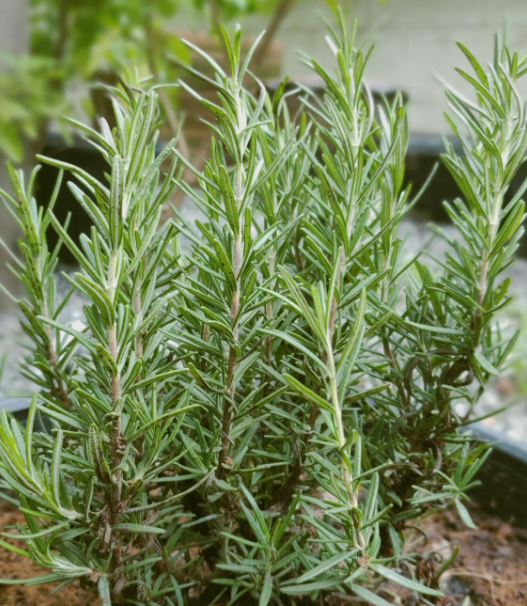
Rosemary is a fragment herb that can be shaped into small topiary balls or cones. Rosemary is an evergreen herb that has soft, needle-like leaves. They produce a strong, herbaceous aroma similar to lavender. Rosemary plants have a dense growth habit, making them the perfect specimen for shaping into a topiary. Rosemary topiaries are created by trimming an upright rosemary plant with pruning shears until it resembles your desired shape. It’s common to find rosemary topiary trees in outdoor gardens trimmed into a ball shape. An indoor rosemary topiary can add a little greenery to your home decor.
9. Lavender (Lavandula)
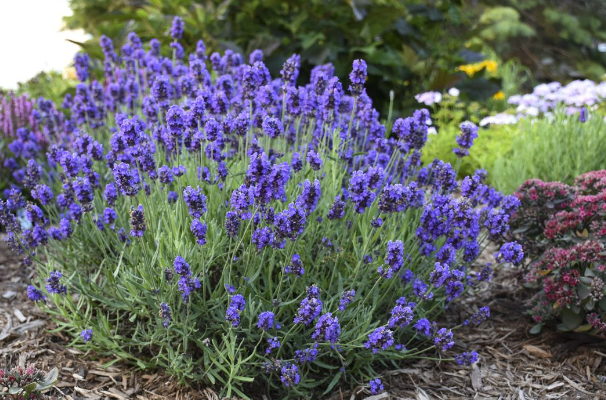
Lavender’s aromatic flowers and silver foliage make it a charming choice for topiary. Lavender grows and spreads quickly when planted in the ground. These plants have a single root stem. First, you’ll need to begin trimming off much of the plant. Once you trim it back to one single shoot, trim off all leaves and shoots from the bottom up to the point where you want your topiary to grow.
10. Myrtle (Myrtus)
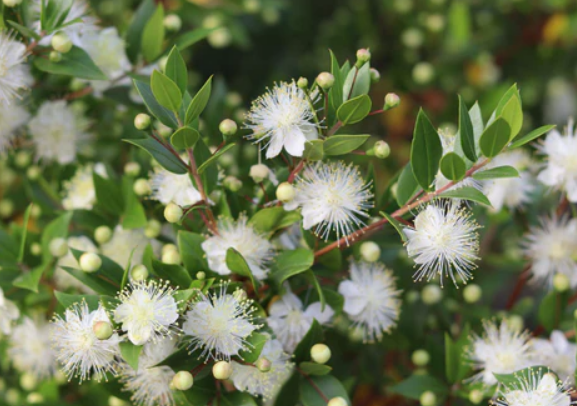
Myrtle is a dense shrub with small leaves that can be trimmed into formal shapes or spirals. Myrtle topiaries exhibit abundant and vibrant green foliage accompanied by delicate white flowers. The “common myrtle” variety can either exist as a shrub or a small tree, capable of reaching a height of 16 feet. To achieve the desired form, pruning is necessary.
Myrtles respond well to pruning. Foliage production slows in winter, so most training and shaping occur when plants actively grow in spring and summer.
11. Bay Laurel (Laurus Nobilis)
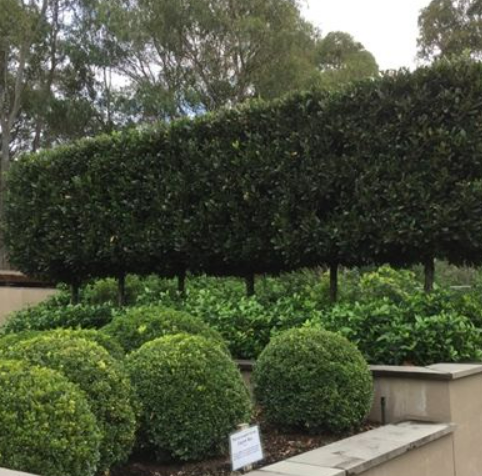
Bay Laurel is an evergreen tree that can be pruned into topiary standards or lollipop shapes. Bay trees are sometimes known as sweet bay and are valued for their evergreen aromatic leaves, which can be used for culinary purposes. They make beautiful container plants and are easily clipped to shape.
These plants are frost hardy down to minus 5 degrees centigrade. In milder areas of the country, these plants can be successfully grown outside; good drainage, careful positioning in a sheltered spot, and protection from cold and strong winds are necessary.
12. Thuja (Thuja Occidentalis)
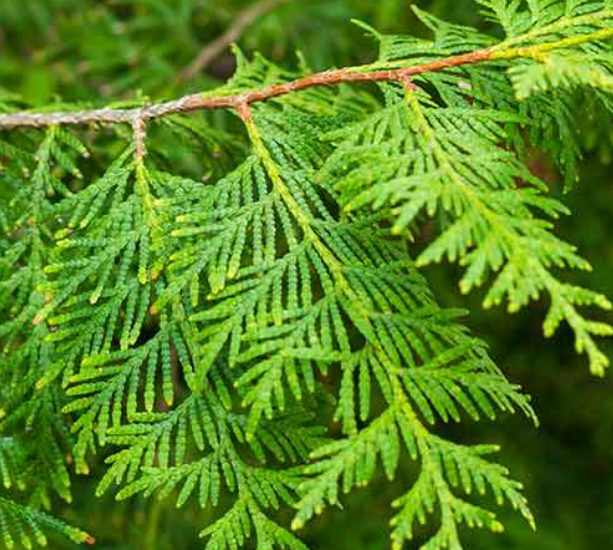
Thuja, also known as arborvitae, has soft, scale-like foliage and can be shaped into various topiary designs.
Thuja plants are low-maintenance and only need a little care to thrive. To prevent common Thuja problems such as browning, water properly and feed with a liquid fertilizer. Generally, it is advisable to water most Thuja cultivars under three years old every other day to promote their healthy growth.
13. Buxus Microphylla ‘Faulkner’ (Faulkner Boxwood)
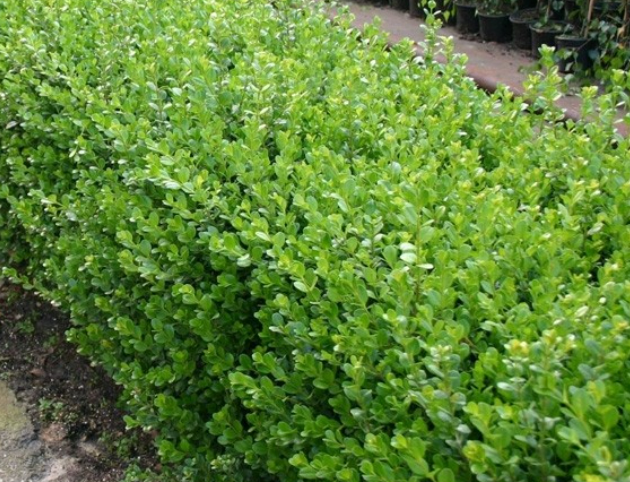
This compact boxwood cultivar is excellent for more miniature topiary creations or low hedges. ‘Faulkner’ is a slow-growing, upright, dense, evergreen shrub with small, oval to rounded, dark green leaves, light green when young and flushed bronze in winter. Insignificant yellow-green flowers bloom in spring. As an informal hedge, it requires little pruning. Hedging plants and topiaries can be cut back when young to encourage bushy growth. Mature hedges can be trimmed every 4-6 weeks from late spring to early autumn.
14. Ilex Crenata (Japanese Holly)
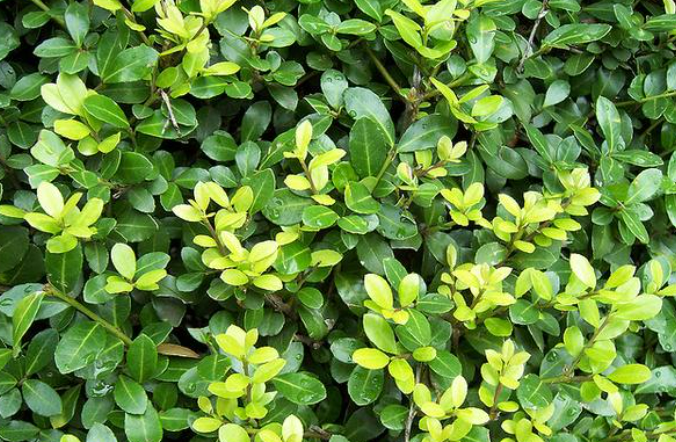
Japanese holly resembles boxwood and can be trimmed into formal shapes or whimsical figures. Ilex crenata has a similar look and effect to the traditional box topiary balls. They have a similar deep green foliage colour and are similarly small-leaved and naturally bushy in growth; these traits make them excellent topiary subjects for a wide range of shapes and forms.
Ilex crenata topiary balls have become much more popular lately as an alternative to box balls because the plants are not susceptible to the same problems that have plagued buxus hedging and topiary, namely box blight and box moth/caterpillar.
15. Ligustrum Japonicum (Japanese Privet)
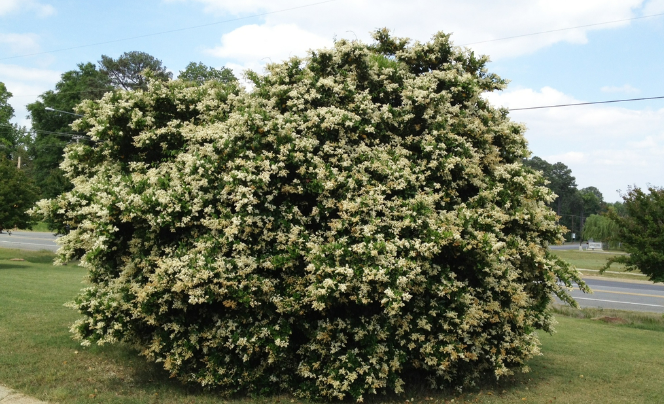
Japanese privet is commonly selected for hedging purposes and can be pruned into various topiary forms. This attractive shrub showcases dark green, glossy, and pointed leaves with a waxy texture. It can be shaped into a small topiary tree, resulting in a stunning accent that features abundant white flowers during spring. Japanese privet exhibits optimal growth in areas with full sun to partial shade. It can adapt to dry and moist conditions, but it is important to note that it is not tolerant of standing water. This shrub is an excellent choice for outdoor landscapes and is equally well-suited for use in outdoor pots and containers.
16. Ficus (Ficus Macrocarpa)
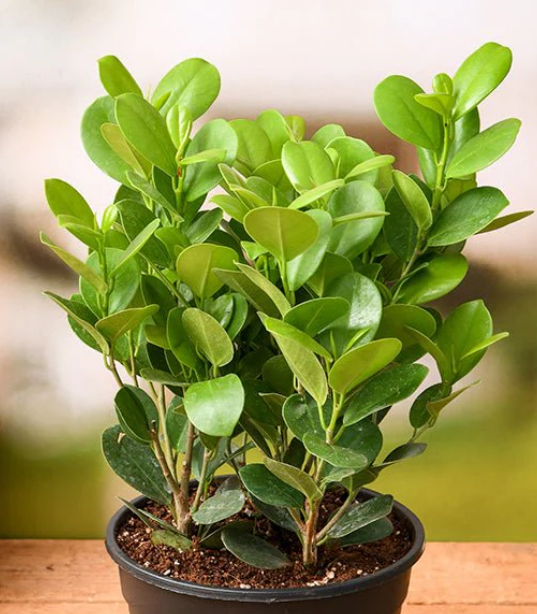
Ficus trees can be trained into bonsai-like topiary specimens, adding an exotic touch to gardens. Possibly the most famous tall hedging plant, ficus is favoured due to its speedy growth, rich glossy green foliage, and easy-to-prune habit. When used in urban settings, they produce no flowers, making them a no-mess option for hedging. The hill’s pale, almost white bark also attracts those looking for an attractive pleaching or standard option, creating a gorgeous contrast against the green foliage. Though they are known to have somewhat invasive sports, they can be kept under control if pruned regularly and at a 2-3m maximum height.
Conclusion
Topiary gardens require regular care to maintain their shape and beauty, but the reward is worth it. These plants are a cost-effective option for building lovely topiary arrangements in your yard because they are frequently easily accessible and are affordable to buy. You may create breathtaking topiary effects without spending a lot.
Take time to create a cosy, little sitting area where you can sit and disconnect from the outer world, where you can get lost in the beauty of nature- a place where you can breathe fresh and where your mind and soul heal.
Frequently Asked Questions
Is Topiary Gardening Budget-Friendly?
Yes, it is pocket friendly. Species of boxwood, rosemary & juniper are more affordable. Yes, topiary gardening can be seen as cost-effective. Although there are some pricey and rare topiary specimens available, there are also a lot of less expensive possibilities. Boxwood, rosemary, and juniper are plants that are frequently used for topiary and are typically less expensive than other species.
How Often Should I Prune?
Pruning depends on the growth rate of the plant. Generally, pruning is required every few months to acquire the desired shape.
Can Topiaries Be Moved or Transplanted?
Yes, topiaries can be moved or transplanted, but its best to do so during the plant’s dormant season to minimise stress.
How Much Space Is Required for Topiary Gardening?
Each topiary requires enough room for the plant to grow and for you to access it for pruning and maintenance. More miniature topiaries can be accommodated in containers or smaller garden beds, while more giant topiaries may need more room to spread out.

